The Three Marks Of Existence
The Three Characteristics Of Existence

As the teachings on dependent origination show, clinging to the five aggregates (form, feeling, perception, consciousness, and mind) is caused by ignorance. Based on this ignorance and its effects, the notion that the five aggregates are permanent, a true source of happiness, and a self or the accessories of a self arise. The antidote required to break the spell of this delusion is wisdom (panna) or knowledge (vijja), which means knowing and seeing the five aggregates as they really are: as impermanent (anicca), as suffering (dukkha), and as not-self (anatta). These are known in the Buddhist tradition as the three characteristics (tilakkhana).
The characteristics of phenomena and existence, as defined in Buddhism, show the relative nature in three ways in the teachings:
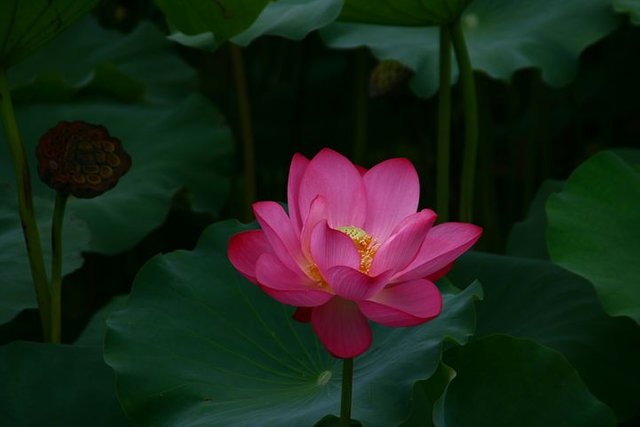
These three characteristics are important when practicing insight meditiation regarding the five aggregates of becoming and the six sense bases. These characteristics are both viewed independently, as well as together:
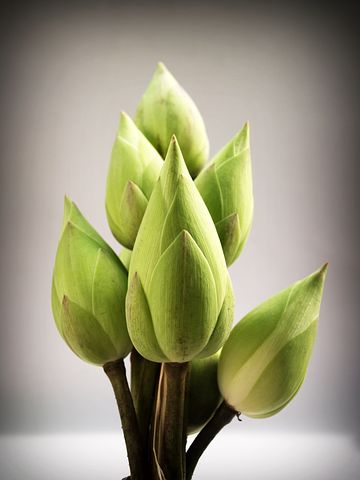
All the different explanations of the three characteristics eventually point back to the eradication of clinging towards an object or mind-object by showing, with regard to each aggregate, “This is not mine, this I am not, this is not my self.”
In the Anguttara Nikaya (AN V.105) ten perceptions of the 5 aggregates are used as antidotes for practicing and viewing the five aggregates.
These ten perceptions, when developed and cultivated, are of great fruit and benefit, culminating in the deathless, having the deathless as their end result. To explain them in detail, here are the ten listed through the various suttas:
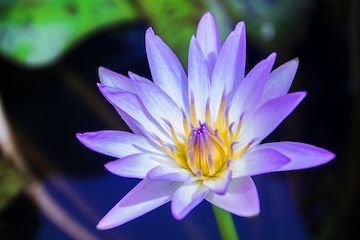
Here, a monk reviews this very body upward from the soles of the feet and downward from the tips of the hairs, enclosed in skin, as full of many kinds of impurities:

Thus he dwells contemplating unattractiveness in this body.” — AN V.109
(2) “When a monk often dwells with a mind accustomed to the perception of death, his mind shrinks away from attachment to life,turns back from it, rolls away from it, and is not drawn toward it, and either equanimity or revulsion becomes settled in him.” — AN IV.48
(3) “When a monk often dwells with a mind accustomed to the perception of the repulsiveness of food,his mind shrinks away from craving for tastes,turns back from it, rolls away from it, and is not drawn toward it,and either equanimity or revulsion becomes settled in him.” — AN IV.49
(4) “And what is the perception of non-delight in the entire world?
Here, a monk refrains from any engagement and clinging, mental standpoints, adherences, and underlying tendencies in regard to the world, abandoning them without clinging to them.” — AN V.111
(5) “And what is the perception of impermanence?
Here, having gone to the forest, to the foot of a tree, or to an empty hut, a monk reflects thus:

‘Form is impermanent, feeling is impermanent, perception is impermanent, volitional activities are impermanent, consciousness is impermanent.’ Thus he dwells contemplating impermanence in these five aggregates subject to clinging.” — AN V.109
(6) “When a monk often dwells with a mind accustomed to the perception of suffering in the impermanent, a keen perception of danger becomes settled in him toward indolence,laziness, slackness, heedlessness, lack of effort, and un-reflectiveness, just as toward a murderer with drawn sword.” — AN IV.52
Here, having gone to the forest, to the foot of a tree, or to an empty hut, a monk reflects thus:
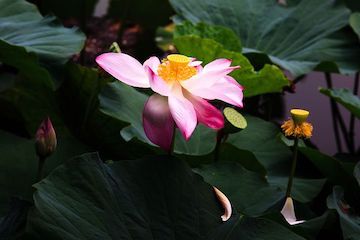
Thus he dwells contemplating not-self in these six internal and external sense bases.” — AN V.109
Here, a monk does not tolerate an arisen sensual thought; he abandons it, dispels it, terminates it, and obliterates it. He does not tolerate an arisen thought of ill will; he abandons it, dispels it, terminates it, and obliterates it. He does not tolerate an arisen thought of harming; he abandons it, dispels it, terminates it, and obliterates it. He does not tolerate arisen bad unwholesome states whenever they arise; he abandons them, dispels them, terminates and obliterates them.” — AN V.110
Here, having gone to the forest, to the root of a tree, or to an empty hut, a monk reflects thus:
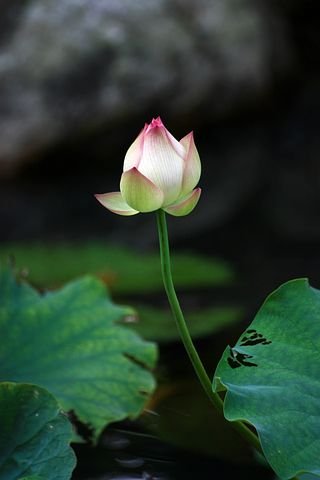
‘This is peaceful, this is sublime, that is, the stilling of all activities, the relinquishment of all acquisitions, the destruction of craving, dispassion, nibbana.’” — AN V.110
Here, having gone to the forest, to the root of a tree, or to an empty hut, a monk reflects thus:
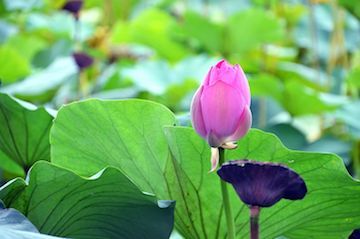
‘This is peaceful, this is sublime, that is, the stilling of all activities, the relinquishment of all acquisitions, the destruction of craving, cessation, nibbana.’” — AN V.111

I will flag comment spam at 1% strength. If you keep on spamming my post, I will flag you at 100%. I don't care if you have limited English abilities, write a couple of sentences about this article, no copy-paste, please. I will flag: one sentence comments, links to your blog and begging for up-votes and follows. Also, I will åflag comments that have nothing to do with my blog's article. I will also check your comment section to see if you have been comment spamming on other blogs.


 A link to My Blog
A link to My Blog
great combination of flowers reddust 😍
There are stories comparing humans to the lotus blossom, out of the mud of ignorance a beautiful flower grows and breaks through the surface of the water of life to find the sun.
I've had these crystal clear moments when the truth of things are revealed and I come to understand on a level of higher consciousness what you share here today, and from time to time I am fortunate enough to reestablish those insights. But oh my, how human I am! I guess more walking meditations with the dogs and more quite meditations at home are in order. I do appreciate your posts however. many blessings.
We are blessed to be human my teachers have told me, we aren't in too much bliss like the Gods or too much pain like animals and hell beings. I like walking meditation at retreat after sitting for a long time. I walk for miles a day for my health and it is my favorite exercise.
I love reading the suttas because they are like a chill pill for me, I am glad you find this to be true as well @mistermercury!
Yes, even this morning as I walked the dogs out in the fields (sage, juniper, coyotes and rabbits, oh and wild horses too) I found my favorite spot beneath a 200-year-old Juniper and dissolved myself into my surroundings. I don't think I could live without the walking and the dissolving.
Lucky dogs though, I figure I walk a little more than a thousand miles a year with them... at least. They have learned to come wait for me patiently as I meditate. Here is my favorite Rumi post of the day: "Wherever you stand, be the soul of that place." Peace be unto you.
Hi @reddust, Thank you for sharing this post.The three characteristics (tilakkhana) are 1. As impermanent 2.As suffering 3. as not-self .
As impermanent meaning is Every thing is changing. No any one thing we can say this is will not change like that.
In the world one thinh have permanent.That is, the change.
As suffering is every thing is changing, then suffer.
As not- self is if we are thinking that is mine, this is mine, to can't say .
This whole world is made up of bits and pieces of things, who I really am is not a thing....(personal opinion, please talk to a qualified teacher)
A thing like this body is made up of millions of cells, billions of bacteria, bits and pieces of many things, what part of this is you? I don't think there is really any suffering or finding bliss and happiness, just the labeling of suffering and happiness...maybe there is no movement but what we observe as movement and grasping at that causes stress, but who is stressing? I haven't found anything solid or lasting in that flux, I am not a master just a student. This is something one will have to explore and discover on their own.
yes, I got the relationship now between the ignorance and the taint.
can we say: what is not self is suffering? or it should not be differed, but one?
and finally this:
I am lost. So practicing those 10 perception is to break the spell of dilution of 5 aggregates? thank you @reddust
for me reading your post just like an adventure, it must be read till the end, no chance to skim it. I need more time to think and read again and again.
Om Shanti Shanti om
There is no self to be found in the flux of phenomena ;-) I guess what suffers is ignorance that clings to phenomena and there is no self to be found as well...
I was not taught the self no self arguments so I cannot help in this area. What I was taught was the basics, develop equanimity through meditation and integration into daily life.
When one is completely calm take a steady look at the witness to all this stuff <3
To find your answers you need to talk and work with a quailfied teacher and find this out for yourself. I cannot teach you how an apple taste unless you eat it yourself .
caused by ignorance because the first does not want to learn the second do not want to ask, so we always lose, good post friends.
I think you only lose if you don't learn anything.
we must not surrender, not to lose friends.
Very wonderful words and scientific words
Shape, feeling, perception, consciousness, and mind
They are the most important reasons for the happiness of man and make man superior in life
We have to believe in those principles until we achieve what we wish
I have read in Therevada, Mahayana, and Vajrayana that Gautama Buddha's teachings are like medicine. I think this is very straightforward and scientific. But when you sit down in meditation and take a look, logic goes out the window when you samadhi...hahaha
Reading is easy but practicing and sink into it is really far beyond that...:D
words are very wise. I am motivated to continue to struggle to achieve the dream by reading a very good post from you.
These are not my words and I think they are wise, wisdom in Buddhism is called prajna in sanskrit and panna in Pali, this word means insight into reality as it is, knowing that the flux of phenomena is empty of a permanent self, anicca (impermanence), anatta (not self), dukkha (stress/suffering caused by ignorance, grasping at what is constantly moving at what is not self)!
really a very amazing word my dear @ reddust.saya very happy to read your post "three way of existence". success is always for you a post a lot of motivation in it.
Thank you @pengenkaya
Truly very effective content about meditation....It is of very importance, when we begin to meditation prayer, not to let ourselves be frightened by our own thoughts..
The teachings are the basics in meditation and very important. Meditation comes in many forms, the meditation I practice is called vipassana, insight into reality as it is...it is mental training and discipline so one can see things as they truly are, there is nothing there that is me or mine.
https://www.dhamma.org/en/about/vipassana
The Three Marks Of Existence
The title completely provides a lot of information of our body (every limbs) & mind......if I call you as a story teller, nothing goes wrong....thanks for sharing the important post.